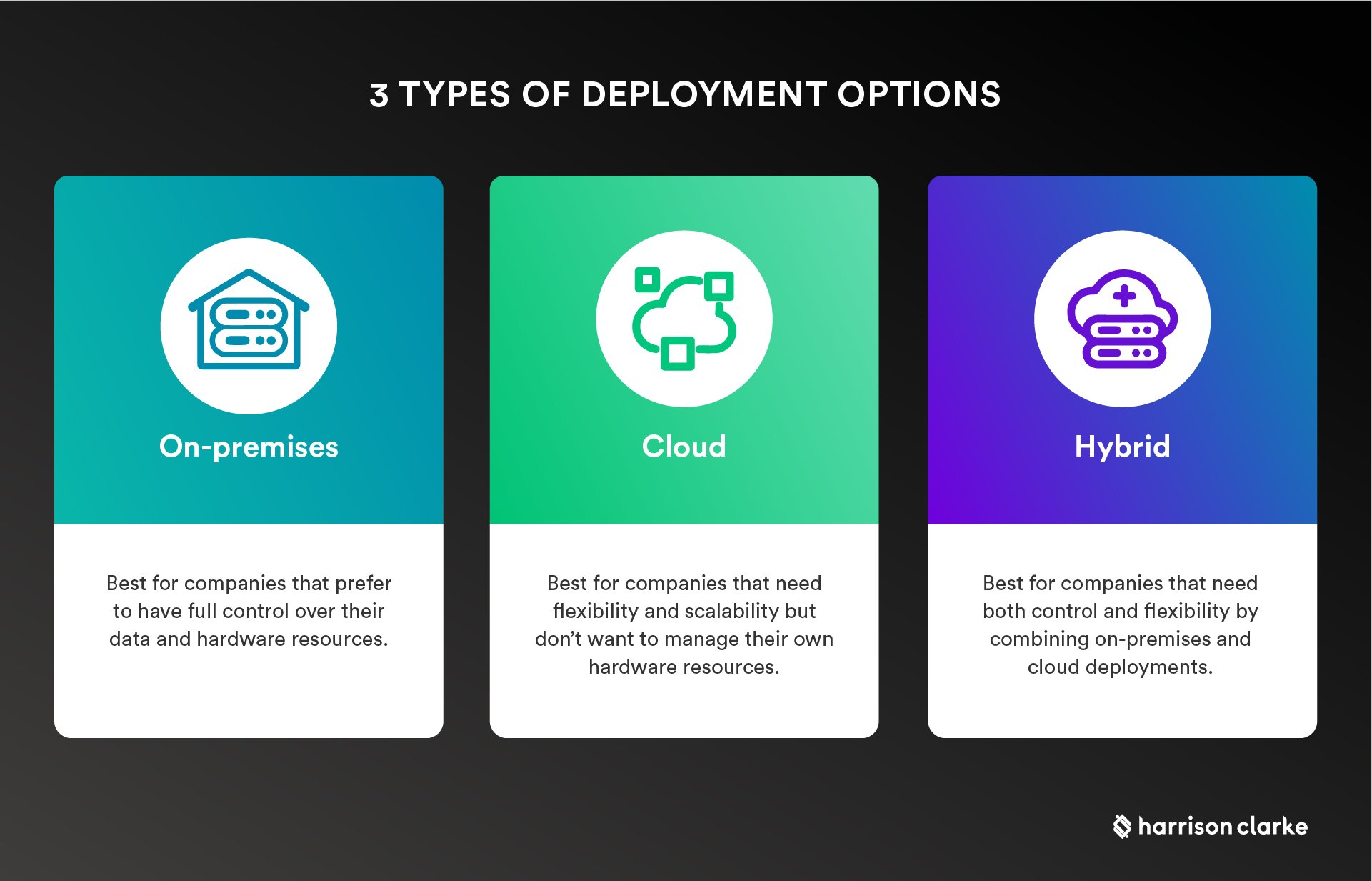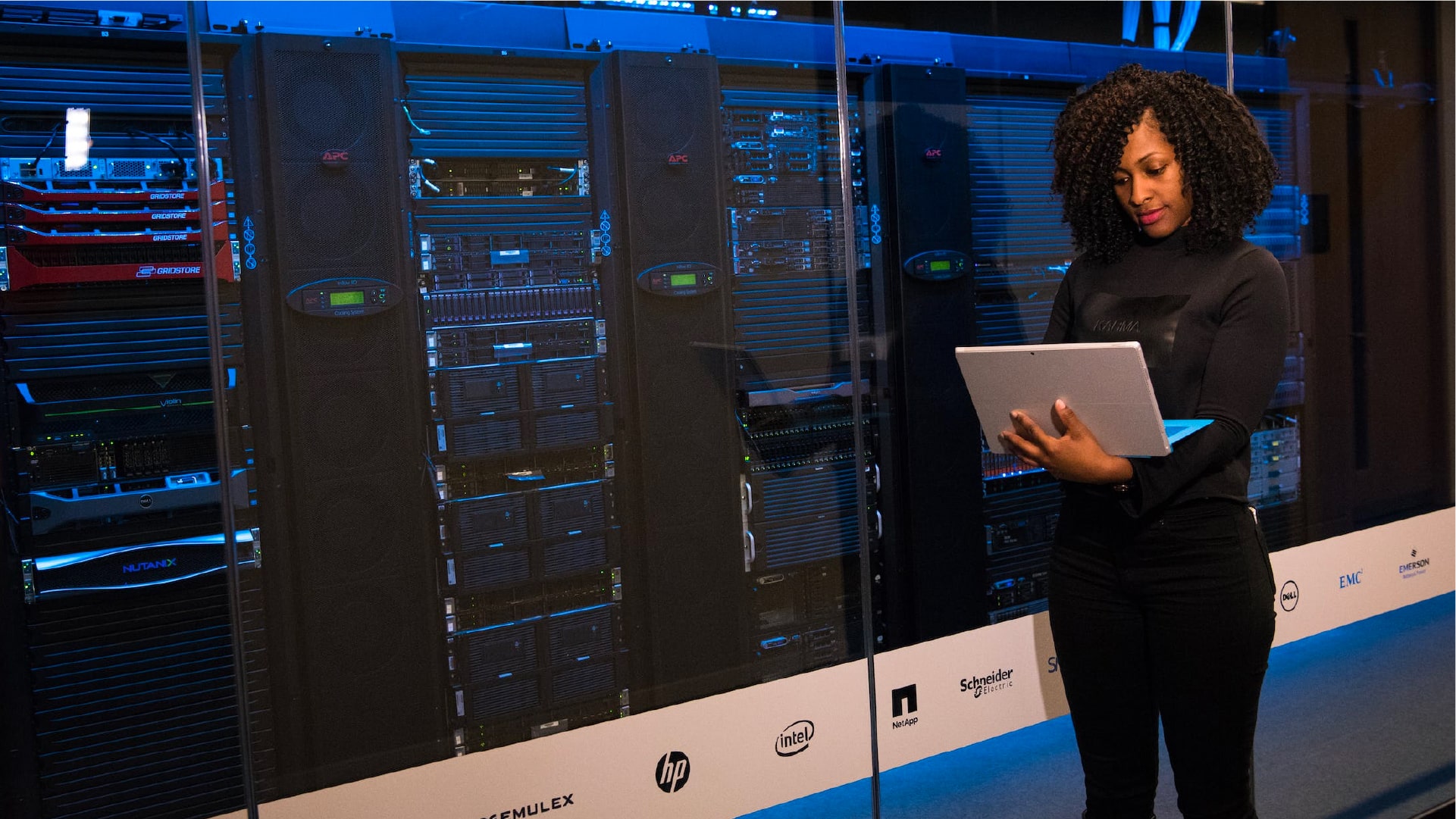As the use of machine learning models continues to grow, so too do the challenges associated with deploying these models at scale. Deploying machine learning models is a complex process that requires careful consideration. You must consider factors such as deployment options, cost-effectiveness, scalability, and monitoring. In this blog post, we’ll discuss the challenges of deploying machine learning models at scale and provide solutions to overcome these challenges.
Deployment Options

The type of deployment option you choose for your machine learning model can have a significant impact on its performance in production. The most common deployment options are on-premises, cloud, and hybrid. On-premises deployments are best for companies that prefer to have full control over their data and hardware resources. Cloud deployments are best for companies that need flexibility and scalability but don’t want to manage their own hardware resources. Hybrid deployments are best for companies that need both control and flexibility by combining on-premises and cloud deployments.
Cost-Effectiveness & Scalability

When deploying machine learning models at scale, it’s important to ensure that your models are cost-effective and scalable. This means taking into account the amount of data you will be using in your model as well as the hardware resources required to run it efficiently. For example, if you need to process large amounts of data or require powerful GPUs for training your model, then you should look into cloud computing services such as Amazon Web Services or Google Cloud Platform. These services offer high scalability while also keeping costs low by allowing you to pay only for the resources you use.
Monitoring & Feedback Loops

It’s also important to monitor your machine learning models in production in order to ensure they are performing as expected. This can be accomplished by setting up feedback loops that allow you to collect data from users interacting with your model in real time and using this data to update or improve the model if necessary. This is especially important when dealing with sensitive data or applications where accuracy is paramount; through continuous monitoring, you can detect any unexpected changes in performance quickly and make adjustments accordingly.
Deploying machine learning models at scale can be a complex process requiring careful consideration of factors such as cost-effectiveness, scalability, deployment options, and monitoring. By understanding the challenges associated with deploying these models at scale and employing solutions such as those discussed above—namely choosing an appropriate deployment option; ensuring cost-effectiveness and scalability; setting up feedback loops—you can set yourself up for success when rolling out your machine learning projects across multiple platforms or user groups. With proper planning, good execution will follow!



